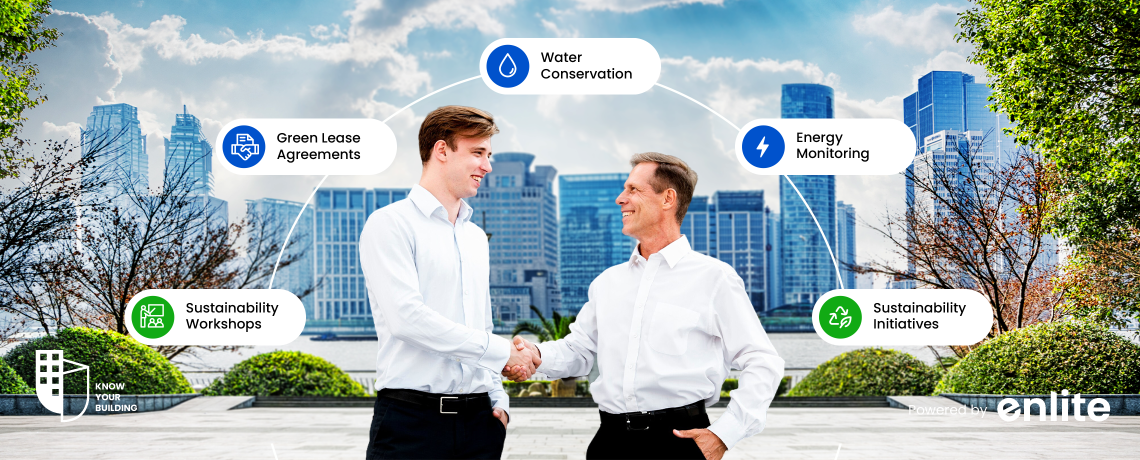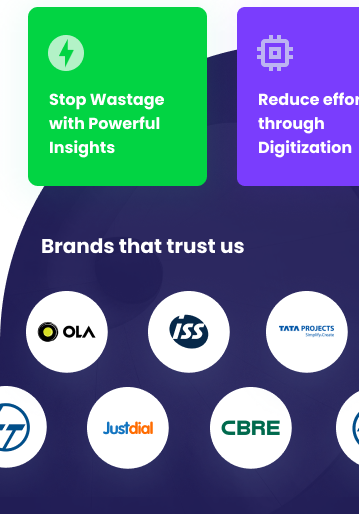In the pursuit of sustainability, tenant engagement plays a critical role in ensuring the success of green initiatives within commercial real estate. This article explores the importance of tenant engagement, effective strategies for fostering environmental awareness, and the benefits of collaborative efforts between building owners and tenants to promote sustainability.
Importance of Tenant Engagement in Sustainability:
Tenant engagement is vital for achieving sustainability goals in commercial properties. Engaged tenants are more likely to adopt sustainable practices, contribute to energy and water conservation, and support waste reduction initiatives. By fostering a culture of environmental awareness, property owners and managers can enhance the overall sustainability performance of their buildings.
Strategies for Fostering Environmental Awareness:
Green Lease Agreements:
- Green lease agreements incorporate sustainability clauses that outline the responsibilities of both landlords and tenants in promoting energy efficiency, waste reduction, and other green practices. These agreements align incentives and encourage collaboration on sustainability goals.
Sustainability Workshops and Training:
- Conducting workshops and training sessions on sustainability topics helps educate tenants about the benefits of green practices and provides practical tips for reducing their environmental impact. Topics can include energy conservation, waste management, and sustainable commuting.
Real-Time Energy Monitoring and Feedback:
- Implementing real-time energy monitoring systems allows tenants to track their energy consumption and receive feedback on their performance. Providing tenants with actionable data and insights can motivate them to adopt more efficient behaviors and reduce their energy usage.
Collaborative Sustainability Initiatives:
- Organizing building-wide sustainability initiatives, such as recycling programs, energy-saving competitions, and community garden projects, fosters a sense of community and collective responsibility among tenants. Collaborative efforts can lead to greater participation and more impactful results.
Benefits of Tenant Engagement for Building Owners and Tenants:
For Building Owners:
- Enhanced building performance and energy efficiency
- Increased tenant satisfaction and retention
- Improved marketability and competitive advantage
- Potential for higher property values and reduced operating costs
For Tenants:
- Reduced utility expenses and operational costs
- Healthier and more comfortable working environments
- Opportunities for collaboration and networking with other tenants
- Alignment with corporate sustainability goals and values
Overcoming Challenges in Tenant Engagement:
Engaging tenants in sustainability initiatives can present challenges, such as differing priorities, lack of awareness, and limited resources. Building owners and managers can overcome these challenges by fostering open communication, providing incentives, and demonstrating the tangible benefits of sustainability efforts.
Case Studies: Successful Tenant Engagement Programs:
Highlighting successful tenant engagement programs can provide valuable insights and inspiration for property owners and managers. Case studies may include:
- The Tower Companies (Washington, D.C., USA): Implemented a comprehensive tenant engagement program that includes green lease agreements, sustainability workshops, and real-time energy monitoring, resulting in significant energy savings and high tenant participation.
- Empire State Building (New York, USA): Conducted a tenant energy management program that involved real-time energy use monitoring, feedback, and competitions, leading to substantial reductions in energy consumption and increased tenant satisfaction.
- Barangaroo South (Sydney, Australia): Developed a precinct-wide sustainability strategy involving tenants in collaborative initiatives such as waste reduction programs, green transportation options, and community events.
In conclusion, tenant engagement is a crucial component of sustainability in commercial real estate. By fostering environmental awareness, implementing effective strategies, and overcoming challenges, property owners and managers can create a culture of sustainability that benefits both tenants and the broader environment. As we celebrate World Environment Day, let us recognize the importance of tenant engagement in driving meaningful and lasting change in the commercial real estate sector.














